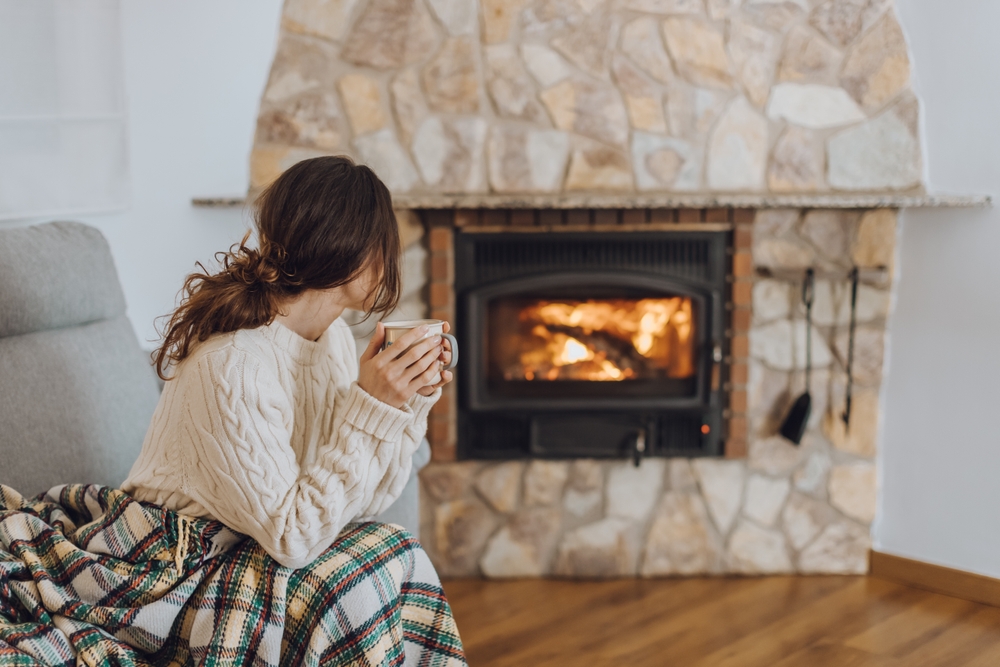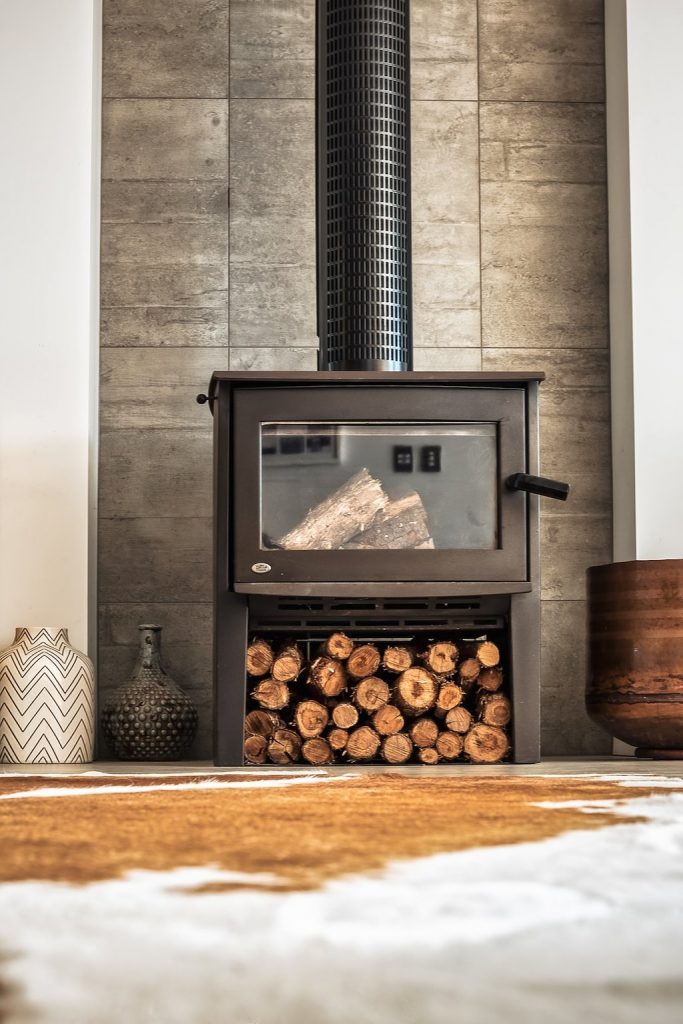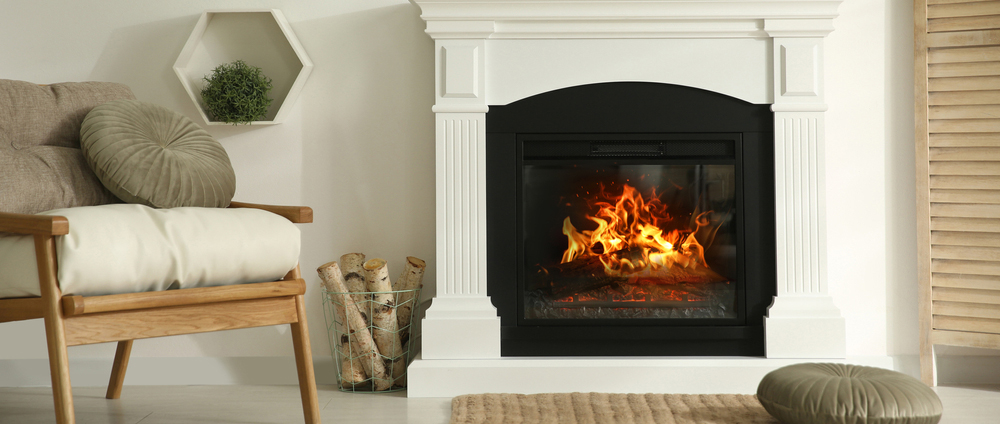Fireplaces are a great addition to any home, providing warmth and ambiance during the chilly winter. However, like any other household appliance, fireplaces can also experience issues that may prevent them from functioning correctly.
These issues can be caused by various factors such as age, lack of maintenance, or even faulty installation. This guide will discuss common fireplace anatomy issues and how to troubleshoot and fix them. Read on to learn more.
Common Fireplace Anatomy
Before diving into the troubleshooting process, it is essential to have a basic understanding of the anatomy of a fireplace. This will help you identify the source of the issue and determine the appropriate steps to take to fix it.
Firebox
The firebox is the area where the fire is contained. It is usually made of refractory bricks or metal and can withstand high temperatures. The firebox also includes a damper, which controls the air flowing into the fireplace.
Chimney
The chimney directs smoke and other byproducts out of your home. It consists of a flue, a pipe that runs from the firebox to the top of your home. The flue also has a damper that can be opened or closed to control airflow.
Common Issues and How to Fix Them

Now that we have covered fireplace anatomy, let’s discuss some common issues that may arise and how to troubleshoot and fix them.
Issue #1: Smoke Entering the Room
If you notice smoke entering your room instead of being directed up the chimney, there could be a few different causes. First, check if the damper is open and functioning correctly. If it is not fully open or has become stuck, this could be the source of the issue.
Another possible cause could be a creosote buildup in the flue, which can restrict airflow and cause smoke to enter the room. In this case, it is essential to clean out the chimney thoroughly.
Issue #2: Difficulty Starting or Maintaining a Fire
If you are having trouble getting your fire started or keeping it going, there could be an issue with the airflow in your fireplace. Check that the damper is fully open and ensure enough air is circulating through the firebox.
Another potential cause could be a firebox buildup of ash or debris, which can prevent proper ignition. In this case, remove any excess material before starting a new fire.
Issue #3: Cracked Firebox
Over time, the refractory bricks or metal in the firebox can crack due to constant exposure to high temperatures. This can be a safety hazard and affect your fireplace’s efficiency. If you notice any cracks, it is essential to have them repaired by a professional before using your fireplace again.
Issue #4: Loose or Damaged Chimney Cap
The chimney cap is located at the top of the flue and helps prevent debris, animals, and rain from entering the chimney. If it becomes loose or damaged, it can allow these things to enter and potentially cause blockages or other issues. If you notice any damage to your chimney cap, it must be repaired or replaced immediately.

Issue #5: Damaged Hearth or Mantel
If your hearth or mantel becomes damaged, it can not only be a safety hazard but also affect the aesthetic appeal of your fireplace. If you notice any cracks, chips, or other damage, it is best to have them repaired by a professional to ensure the structural integrity of these components.
Issue #6: Inefficient Heating
Experiencing inadequate heat from your fireplace might be a problem related to the size of the firebox or chimney or perhaps due to the quality of the wood being used. To improve heat efficiency, ensure that the fireplace is appropriately sized for your space and that you use dry, seasoned wood.
Issue #7: Foul Odors
A persistent bad smell coming from your fireplace could indicate an accumulation of creosote or soot in the chimney, or it could be a sign that your chimney cap isn’t effectively preventing water or animals from entering. A thorough cleaning of the chimney should help eliminate the odor.
Issue #8: White Staining on Bricks (Efflorescence)
White staining, or efflorescence, indicates water seeps into your masonry. This water removes the natural salts and minerals from within the bricks, leaving behind a white residue. The best remedy for this issue is to waterproof your chimney to prevent further moisture seepage.
Issue #9: Fireplace Draft Issues
If your fireplace is drafting poorly, it could be due to a blockage in the chimney or an inadequate air supply in the room where the fireplace is located. Regular chimney cleaning will help alleviate blockage issues, while providing a fresh air source, such as slightly opening a window, can improve air supply.
Issue #10: Improper Stove Installation
If you suspect that your fireplace or stove was installed incorrectly, it is best to consult a professional. Improper installation can lead to various issues, including safety hazards and poor performance.
It is crucial to have your fireplace or stove installed and regularly maintained by a certified technician. To fix this, you must find a professional for proper stove installations.
Issue #11: Frequent Soot Buildup
If you notice an unusual or frequent amount of soot buildup in your fireplace, this could be due to incomplete combustion. This problem typically arises when the fuel (wood or gas) is not burning completely.
To fix this issue, ensure your chimney damper is fully open, allowing proper ventilation. Also, consider having your gas supply checked for any issues, or if you’re using wood, make sure it’s properly dried and seasoned.
Issue #12: Discolored or Damaged Chimney Crown
The chimney crown, located at the top of your chimney, is designed to keep water from entering the structure. Over time, exposure to the elements can cause it to crack, crumble, or become discolored. If you notice any of these signs, it’s essential to arrange for a chimney crown repair or replacement to prevent further water damage.
Conclusion
Fireplaces are a great source of warmth and comfort in any home, but they require proper maintenance and care to continue functioning effectively. By understanding the basic fireplace anatomy and being aware of common issues that may arise, you can troubleshoot and fix problems before they become more extensive and more expensive to repair.
If you encounter significant issues or are unsure how to fix them, it is always best to seek professional help for safe and effective solutions. You can enjoy your fireplace for many years with the proper knowledge and precautions.





